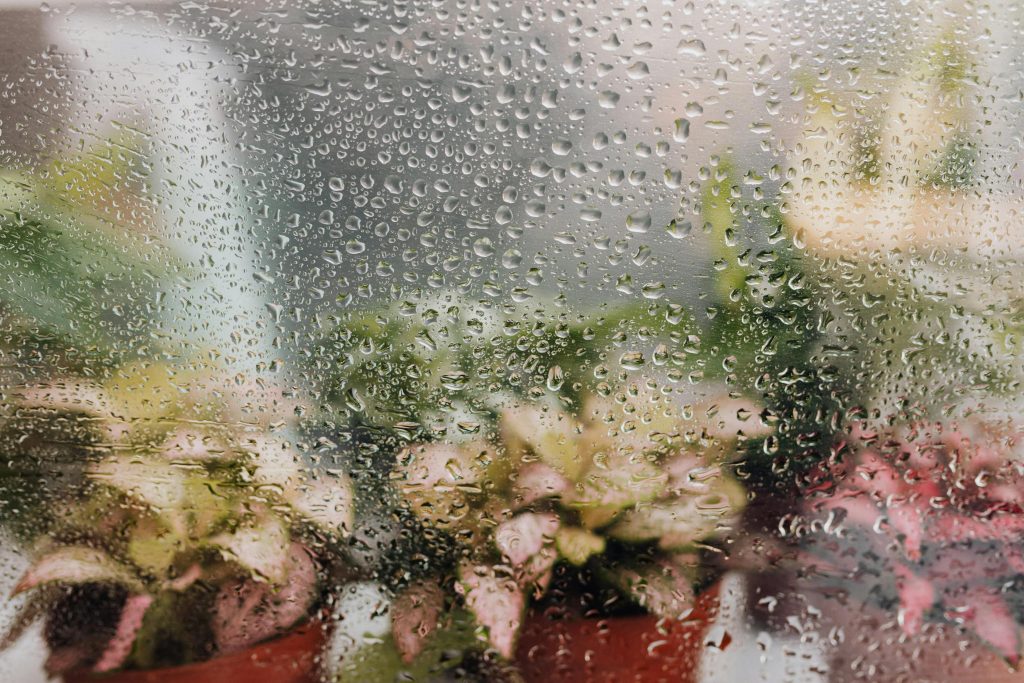As summer approaches, homeowners often wonder about the ideal indoor humidity levels to maintain a comfortable and healthy living environment. Humidity can significantly impact your home’s comfort, air quality, and even the integrity of your structure. In this article, we will explore the optimal humidity levels for your house during the summer months, the effects of humidity on your home and health, and practical tips for maintaining the right levels.
Understanding Humidity
Before diving into ideal humidity levels, it’s essential to understand what humidity is and how it affects your home. Humidity refers to the amount of moisture present in the air. It is typically expressed as a percentage, known as relative humidity (RH).
- Relative Humidity: This measurement compares the current amount of moisture in the air to the maximum amount the air can hold at a specific temperature. For example, a relative humidity of 50% means the air is holding half the moisture it can potentially contain.
The Importance of Humidity Control
Maintaining proper humidity levels in your home is crucial for several reasons:
- Comfort: High humidity can make your home feel warmer than it is, leading to discomfort and increased reliance on air conditioning. Conversely, low humidity can cause dry skin, irritated eyes, and respiratory issues.
- Health: Excess humidity can promote mold growth, dust mites, and other allergens, potentially leading to respiratory problems and allergies. On the other hand, low humidity can dry out your mucous membranes, making you more susceptible to colds and flu.
- Home Preservation: High humidity can cause structural damage, including rot and warping of wooden structures and furnishings. Conversely, low humidity can lead to cracking in wood, drywall, and plaster.
Ideal Indoor Humidity Levels for Summer
So, what humidity should your house be in summer? The ideal indoor humidity level during the summer months typically ranges from 30% to 50% relative humidity. However, most experts recommend aiming for a comfortable level between 40% and 60% RH.
Factors Influencing Ideal Humidity Levels
- Location: The climate in your area can significantly influence the humidity levels you should aim for. For example, coastal areas may require more moisture control compared to dry, arid regions.
- Personal Comfort: Individual comfort levels vary. Some people may feel comfortable at a higher or lower humidity level, so it’s essential to adjust based on personal preference.
- Home Insulation: Well-insulated homes can maintain humidity levels more effectively, whereas poorly insulated homes may require more attention to humidity control.
- Activities: The activities you engage in at home can also affect humidity levels. Cooking, showering, and using humidifiers can increase indoor moisture.
The Effects of High Humidity
Excess humidity in your home can lead to various issues, including:
1. Mold and Mildew Growth

High humidity creates an ideal environment for mold and mildew, which thrive in damp conditions. This not only poses health risks but can also damage your home and belongings.
2. Dust Mites
Dust mites flourish in humid environments, potentially triggering allergies and asthma in sensitive individuals.
3. Structural Damage
Excess moisture can damage wooden structures, flooring, and furniture. It can also lead to peeling paint and wallpaper.
4. Increased Energy Costs
High humidity levels can make your home feel warmer, leading to increased air conditioning usage and higher energy bills.
The Effects of Low Humidity
Conversely, low humidity can also have negative effects, such as:
1. Dry Skin and Respiratory Issues
Low humidity can lead to dry skin, chapped lips, and irritated eyes. It can also dry out the mucous membranes in your respiratory tract, increasing susceptibility to infections.
2. Damage to Wood
Low humidity can cause wood to shrink and crack, leading to damage in furniture, flooring, and structural elements.
3. Static Electricity
Dry air can lead to increased static electricity, causing discomfort and potential damage to electronic devices.
How to Measure Indoor Humidity
To maintain the ideal humidity levels in your home, you first need to measure the current humidity. Here are some methods:
1. Hygrometer
A hygrometer is a simple device that measures humidity levels in your home. They come in analog and digital formats, and many modern thermostats have built-in hygrometers.
2. Indoor Weather Station
An indoor weather station can provide more detailed information about temperature and humidity, helping you monitor your home’s climate more effectively.
3. DIY Method
If you don’t have a hygrometer, you can use a simple DIY method involving a glass of ice water. Fill a glass with ice and water, wait a few minutes, and check the outside of the glass. If condensation forms on the outside, humidity is high; if it remains dry, humidity is low.
Tips for Maintaining Ideal Humidity Levels
Once you understand the ideal humidity levels for your home, it’s essential to take steps to maintain them. Here are some practical tips:
1. Use a Dehumidifier
A dehumidifier is an effective way to remove excess moisture from the air. Place it in high-humidity areas, such as basements or bathrooms, to maintain optimal humidity levels.
2. Ventilate Properly
Ensure your home is well-ventilated to allow for air circulation. Open windows and doors when possible to let in fresh air and reduce humidity.
3. Use Exhaust Fans
Turn on exhaust fans while cooking or showering to remove excess moisture from the air. Make sure they vent outside, not just into the attic or other areas.
4. Maintain Your HVAC System
Regularly check and maintain your heating, ventilation, and air conditioning (HVAC) system to ensure it operates efficiently. Change filters regularly and consider using a central dehumidifier with your HVAC system.
5. Insulate Your Home
Proper insulation can help regulate indoor humidity levels. Insulate attics, basements, and walls to prevent moisture buildup.
6. Avoid Overwatering Plants
If you have indoor plants, be mindful of how much water you provide. Overwatering can increase indoor humidity levels, so only water as needed.
7. Use Absorbent Materials
Place moisture-absorbing materials, such as silica gel or activated charcoal, in areas prone to high humidity, like closets and storage areas.
8. Seal Leaks
Check for leaks around windows, doors, and plumbing fixtures. Sealing leaks can help reduce outdoor humidity from entering your home.
9. Monitor Your Humidity Levels
Regularly check your indoor humidity levels with a hygrometer to stay aware of fluctuations and make necessary adjustments.
When to Seek Professional Help
If you find it challenging to maintain ideal humidity levels in your home, or if you notice persistent issues such as mold growth or water damage, it may be time to consult a professional. An HVAC specialist can assess your system and recommend solutions tailored to your home’s needs.
Conclusion
Understanding and maintaining the right humidity levels in your home during the summer months is crucial for comfort, health, and preservation. The ideal indoor humidity should generally fall between 30% and 50%, with a comfortable range of 40% to 60% being optimal for most homeowners.
By regularly measuring humidity, taking proactive steps to manage moisture, and addressing any issues that arise, you can create a healthy and comfortable living environment for yourself and your family. Enjoy the summer months knowing your home is a safe and pleasant place to relax and thrive!


